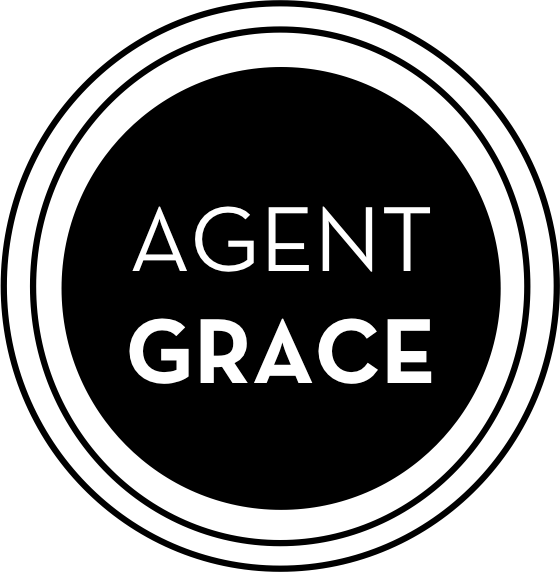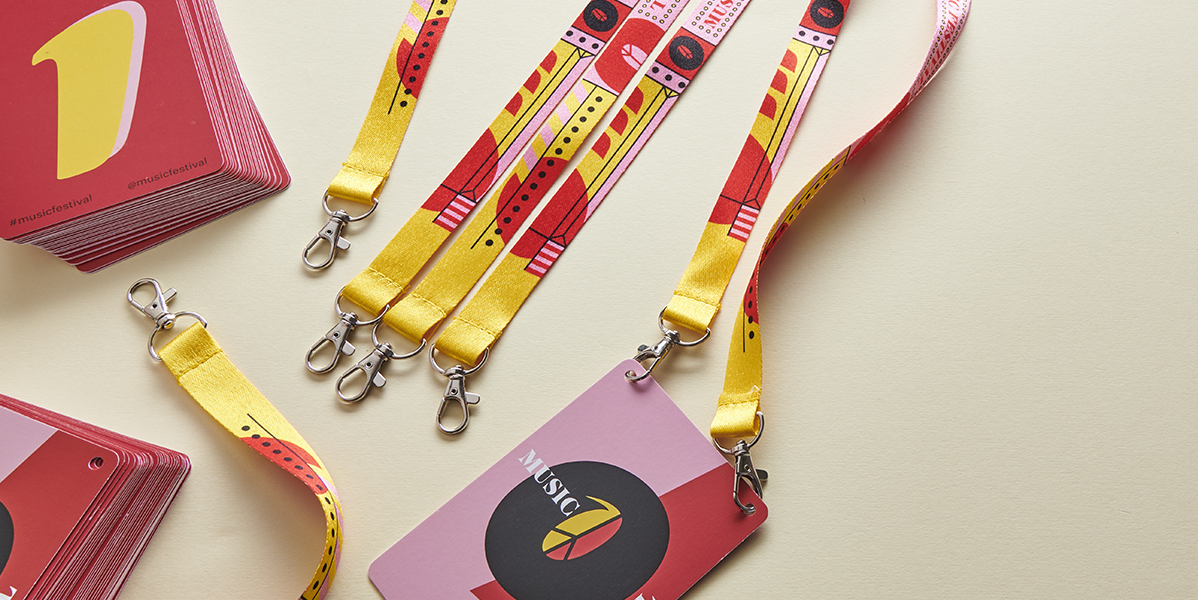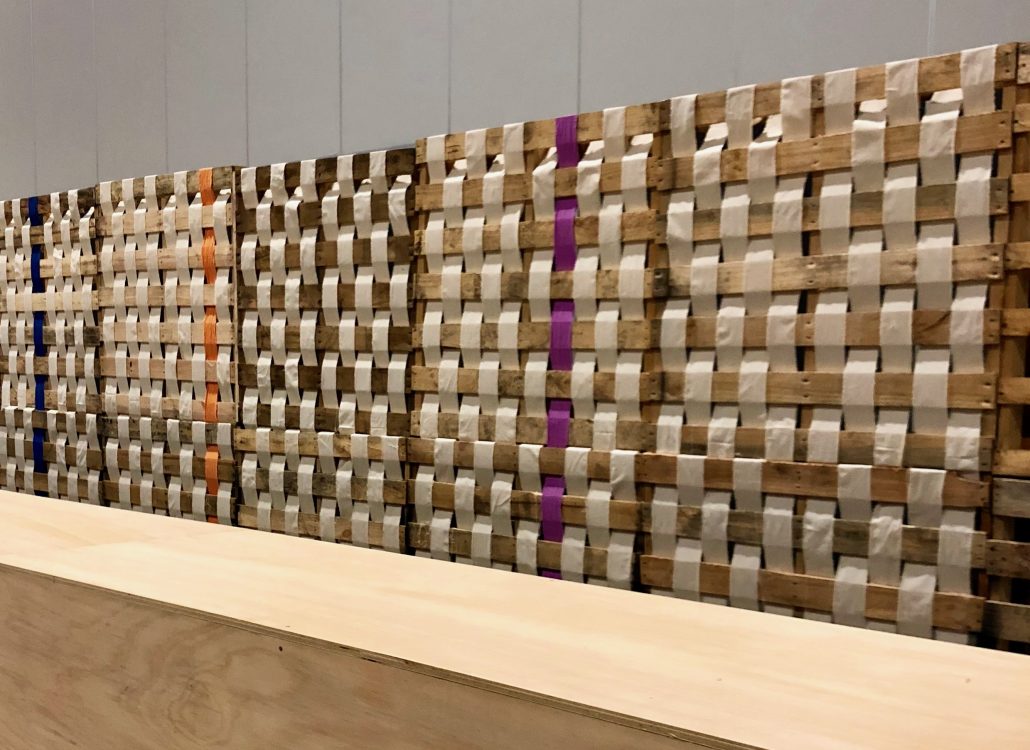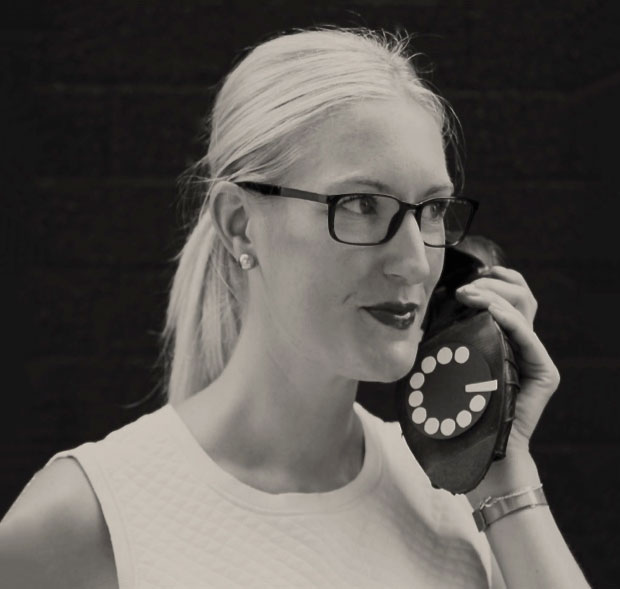Sustainable event guide.
[A four minute read]
I’ve long campaigned for the event industry to use our influence to positively impact sustainability, to lead by example, educate and inspire action – within the industry and the lives of those who attend our events.
Increasingly, consumers are demanding sustainable practices at the events they attend. Some businesses are leading the way or at least have an awareness that we need to be seen to lead the way. Regardless of the motivation, any action is a step in the right direction. And equally, inaction is detrimental to the brand and the event agency.
I once had a client determined to use branded coffee cups at their event, despite my comments that it was highly wasteful and would negatively impact the brand. The cups went ahead and one of the comments in the post-event survey was:
“The event was great, though I was sad to see single-use branded coffee cups”. Doh.
According to Sustainable Brands #BrandsForGood, “90% of consumers say companies and brands have a responsibility to take care of the planet and its people. 92% of consumers around the world say they are trying to live more sustainably. 54% say they could be doing more — but they need help.”
Here’s my guide on producing more sustainable events, along with some quick hacks below.
GET CRACKING EARLY.
If you have a really short lead time to produce an event, you’ll rely on proven suppliers / materials that may not be earth friendly. Our ability to achieve minimal waste events generally relies on the gift of time (particuarly if sustainability is new for you!), so get started ASAP.
TAKE STOCK.
Start by taking an inventory of the waste items likely to be produced / used at the event, e.g.
> Name badges and lanyards
> Program books
> Pens and notebooks
> Single use food containers, coffee cups and plastic bottles
> Signage
> Swag and gifts
REFLECT.
First ask if the item is even needed – will an attendee really have a negative experience at the event if they aren’t given a pen? If it is needed, could it be produced in a more sustainable format E.g. could the program book be replaced with a digital version?
What can you borrow, hire or re-use from previous or other events?
Keep in mind recycling should be a last resort, not the main solution.
SEEK ALTERNATIVES.
Once you’ve determined what you really need to buy, research sustainable alternatives, then ask questions. Look for suppliers that detail why their product is more sustainable / biodegradable or eco-friendly.
In researching this blog, I found a “bamboo and smooth polyester lanyard” that was claimed to be more eco friendly. “Poly” means plastic. That lanyard could be 1% bamboo. How will it degrade? What about the clips? Be curious and ask questions.
AND THEN?
Once you’ve locked in sustainable alternatives, consider what happens next. Will it breakdown in landfill? Can it be re-used at a future event? Would a community group love to receive it?
Be like that scene in Dude Where’s My Car and keep asking “and then?”.
At TEDxSydney in 2019, we engaged 107 artists to facilitate a flower origami workshop. The paper was offcuts from a printer. And then? The flowers became a flower wall. And then? The wall was displayed at 107 HQ. And then? It was displayed and used at future events. It lives on!
COMMUNICATION IS KEY.
Once you’re clear on exactly how you’ll reduce / eliminate waste, communicate and engage attendees so they can help.
This could be achieved with EDMs (e.g. a pre-event email to remind guests to bring their own drink bottles) or physical or digital signage onsite (e.g. signage at bins explaining which items go in each bin).
Apart from helping the planet, this is a great opportunity to build brand trust and convey a positive message that all elements of the event have been carefully considered with sustainability in mind. If you’re not offering swag, explain why. If the name badges are biodegradable, tell that story.
STAY POSITIVE. KEEP PRACTICING.
It can be easy to be overwhelmed with things like the difference between recyclable, biodegradable, degradable and compostable. (Learn more here)
Every effort you make will spark education, inspiration, conversation and a new perspective. You won’t always perfect sustainability, the key is to continue to do better each time.
“We don’t need a handful of people doing zero waste perfectly.
We need millions of people doing it imperfectly.”
I once arranged plywood signage boards (after several conversations with the supplier on sustainability), then they arrived wrapped in plastic. That sucked, but those boards still generated positive conversations and we re-used them each year.
A FEW QUICK HACKS.
> Replace plastic name badge sleeves with thick kraft board badges. Check out Oomph
> Use unbranded bamboo lanyards and facilitate onsite recycling. Check out this blog
> Install drinking fountains / water refill stations and eliminate all single use bottles
> Use crockery for coffee, or BYO keep cup, or compostable cups
> Offer unbranded swag / gifts
(I remember 4 years ago meeting a client who had a gorgeous unbranded notebook. She explained she received it from a Google event and that sparked a whole conversation. If I’d seen a Google logo on the notebook, I never would have asked)
> Replace program books with digital web apps
> Replace corflute with re-board (just be wary of laminate surfaces). Check out Next Printing
> Replace foam backdrops with recycled alternatives, like the pallet / calico wall below
> If crockery can’t be used, use sugarcane or biodegradable containers with bamboo cutlery
> Offer tray served canapés that don’t require packaging
> Be engaging. Artist Jeff McCann live painted The O Initiative fountain at TEDxSydney
> Replace swag with a charity donation
> Set up a swag shop where attendees can take only what they need
> Leverage the venue’s sustainability and get the correct bins, then create the correct signage
> Get event partners / suppliers on board with a quick guide on how they can help
> Check if Reverse Garbage might want your cool stuff
> Burn those plastic pull up banners. Kidding 😉
LEARN MORE.
I attended the Sustainable Brands Conference in Copenhagen in 2017 and discovered a whole community of brands taking action, under the guidance of Sustainable Brands. There are loads of resources available on their website.
Header image via Oomph.




















